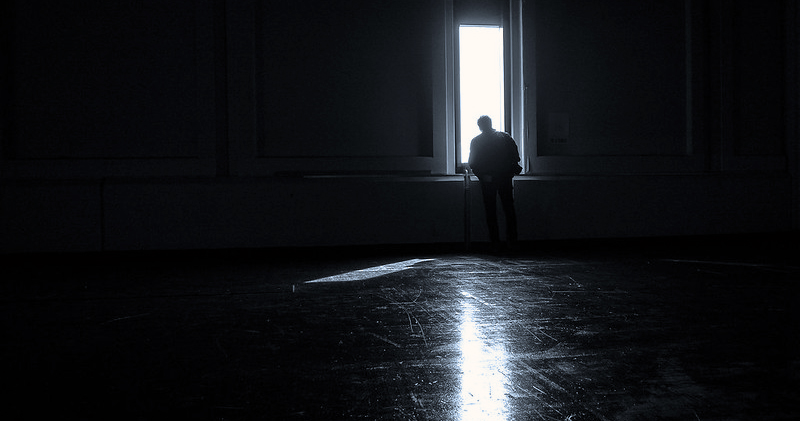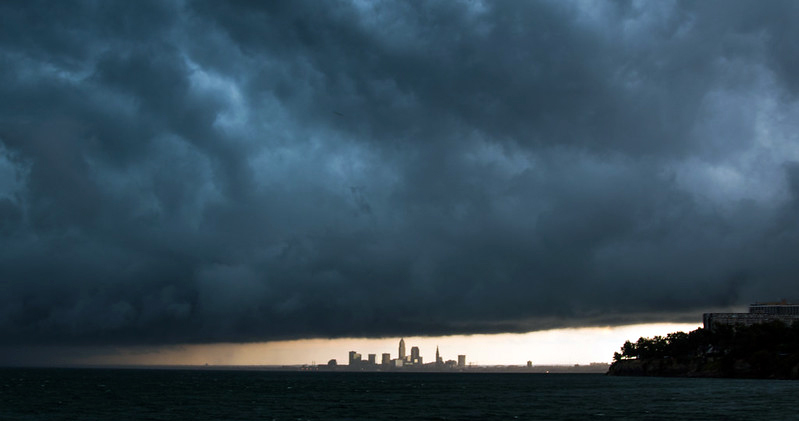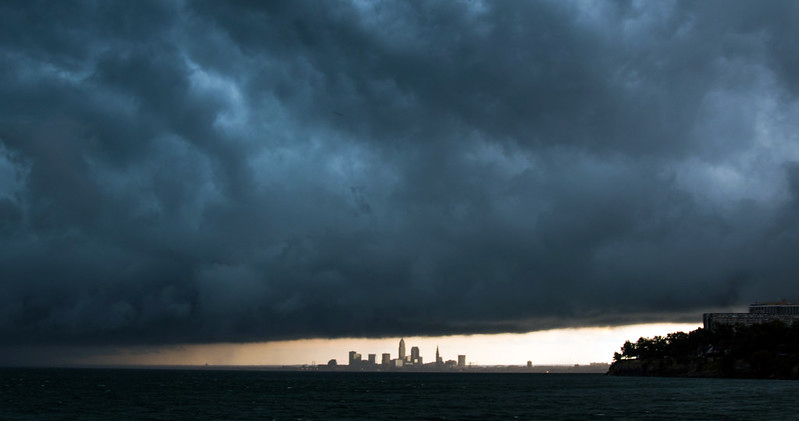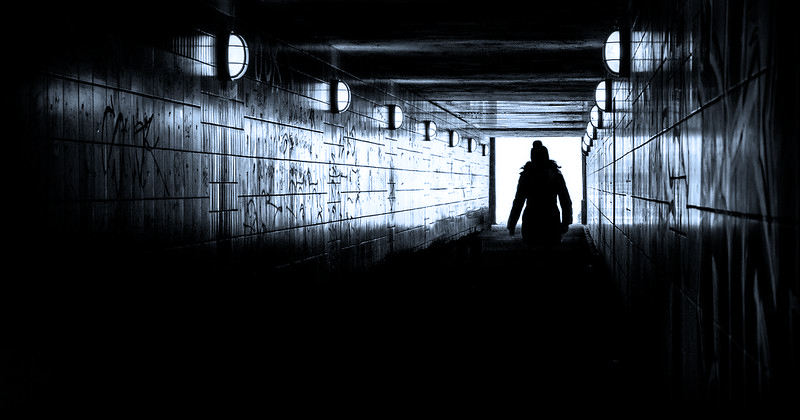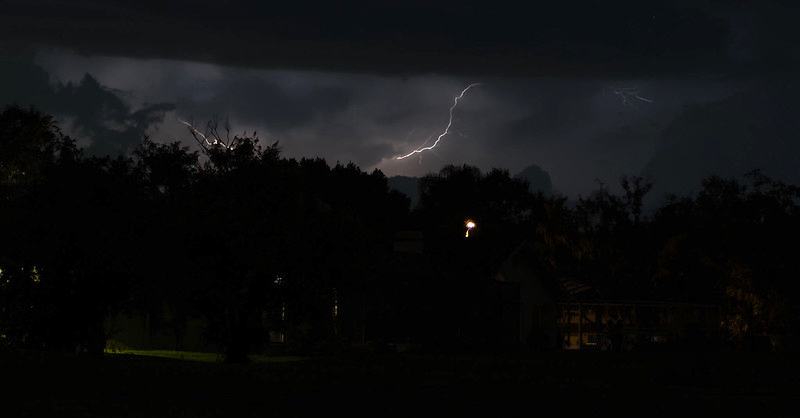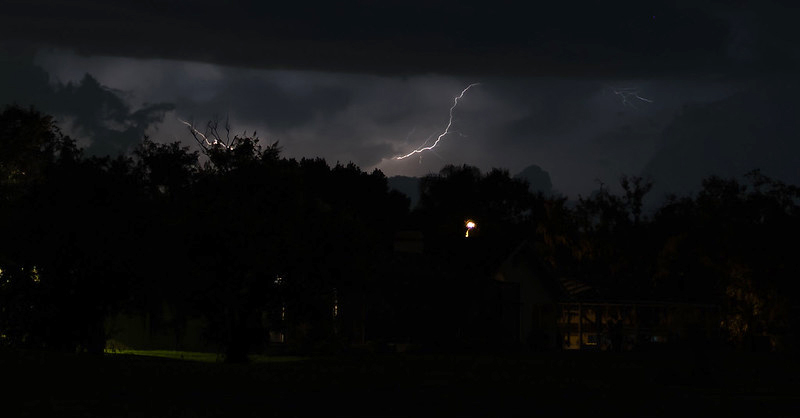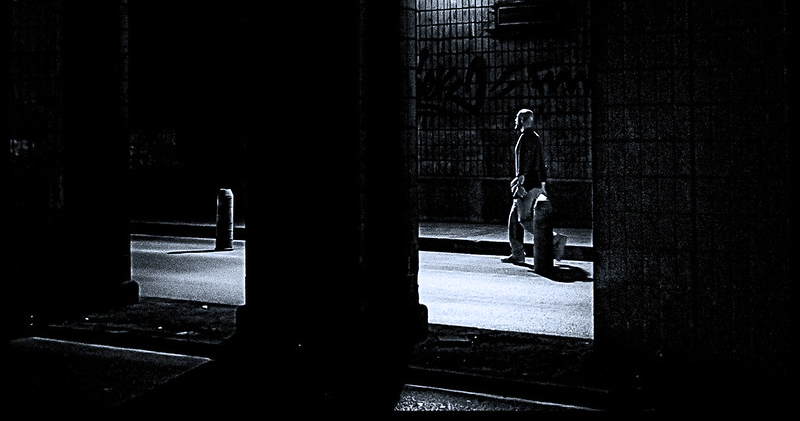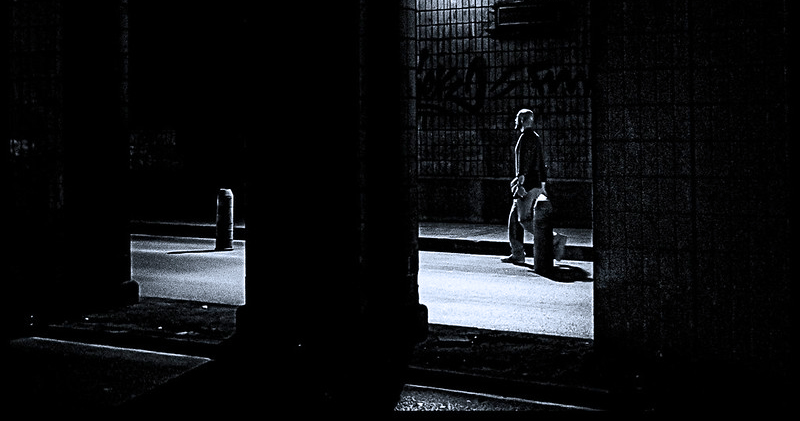| I see a dog in the distance sitting muzzled next to its owner and tied on a leash | |
| In the distance I see a dog sitting, muzzleless next to its owner and on a leash | |
| I can see in the distance a dog with a muzzle sitting on a leash, somewhat separated from its owner | |
| In the distance I see a dog without a muzzle, sitting and separated from its owner but tied on a leash | |
| I see in the distance a dog sitting with a muzzle, without a leash but next to its owner | |
| I see in the distance a dog sitting, without a muzzle, next to its owner and without a leash | |
| I can see in the distance a dog with a muzzle, sitting, leash and a little away from its owner | |
| Observe away a dog without muzzle, sitting, leash and a little away from its owner | |
| Observe a dog in the distance standing with muzzle on the side of his owner and strapped | |
| To him distance I see a dog standing without muzzle to the side of his owner and strapped | |
| Pue I see in the distance a dog with a muzzle standing on a leash, somewhat separated from its owner | |
| In the distance I see a dog without a muzzle, standing and separated from its owner but tied on a leash | |
| I see in the distance a standing dog with a muzzle , without a leash but next to its owner | |
| I see a dog standing in the distance, without a muzzle, next to its owner and without a leash | |
| I can see in the distance a dog with a muzzle, standing, without a leash and a little away from its owner | |
| I see far away a dog without a muzzle, standing, without a leash and a little far from its owner | |
| In the distance I see a dog sitting, without a muzzle next to its owner and tied on a leash and barking | |
| In the distance I see a dog without a muzzle and barking, sitting and separated from its owner but tied on a leash | |
| I observe in the distance a sitting dog, without a muzzle, next to its owner and without a leash and barking | |
| I observe far a dog without a muzzle, sitting, without a leash and a little away from its owner and barking | |
| the distance I see a dog standing without muzzle on the side of his owner, strapped and barking | |
| At him I observe a dog without a muzzle and barking, standing and separated from its owner but tied on a leash. | |
| I see in the distance a dog standing, without a muzzle, next to its owner, without a leash and barking. | |
| I see far away a dog without a muzzle, from standing, off leash, slightly away from its owner and barking | |
| I observe a dog at medium distance sitting with a muzzle next to its owner and tied on a leash | |
| At a medium distance I see a dog sitting, without a muzzle next to its owner and tied on a leash | |
| I can see a dog with a muzzle sitting on a leash at a medium distance, somewhat separated from its owner | |
| At a medium distance I see a dog without a muzzle, sitting and separated from its owner but tied on a leash | |
| I see a dog sitting at a medium distance with a muzzle, without a leash but next to its owner | |
| I observe at a medium distance a sitting dog, without a muzzle, next to its owner and without a leash | |
| I can see at a medium distance a dog with a muzzle, sitting, without a leash and a bit far away from its owner | |
| I observe at a medium distance a dog if muzzle, sitting, without a leash and slightly away from its owner | |
| I observe a dog at a medium distance standing with a muzzle next to its owner and tied on a leash | |
| At a medium distance I see a dog standing, without a muzzle next to its owner and on a leash | |
| I can see at a medium distance a dog with a muzzle standing on a leash, somewhat separated from its owner | |
| At a medium distance I see a dog without a muzzle, standing and separated from its owner but on a leash | |
| I observe a medium distance a white dog standing with a muzzle, without a leash but next to its owner | |
| I observe at a medium distance a dog standing, without a muzzle, next to its owner and without a leash | |
| I can see at a medium distance a dog with a muzzle , standing, without a leash and a little away from its owner | |
| I observe at a medium distance a dog without a muzzle, standing, without a leash and a little far from its owner | |
| At a medium distance I see a dog of the dog breed sitting, without muzzle next to its owner and leashed and barking | |
| At a medium distance I observe ap erred without muzzle and barking, sitting and separated from its owner but tied on a leash | |
| I observe at a medium distance a dog sitting, without a muzzle, next to its owner and without a leash and barking | |
| I observe far a dog without a muzzle, sitting, without a leash and slightly away from its owner and barking | |
| At a medium distance I see a dog breed dog standing, muzzleless next to its owner, leashed and barking | |
| At a medium distance I see a dog muzzle and barking, standing and separated from its owner but tied on a leash | |
| I observe at a medium distance a dog standing, without a muzzle, next to its owner, without a leash and barking | |
| I observe at a medium distance a dog without a muzzle, standing, without a leash, a little away from its owner and barking | |
| I see a dog nearby sitting with a muzzle next to its owner and tied on a leash | |
| Nearby I have a dog sitting, without a muzzle next to its owner and tied on a leash | |
| I can see near a dog with a muzzle sitting on a leash , somewhat separated from its owner | |
| Nearby I observe a dog without a muzzle , sitting and separated from its owner but tied on a leash | |
| I see a dog sitting near with a muzzle, without a leash but next to its owner | |
| I have a dog sitting nearby, without a muzzle, next to its owner and without a leash | |
| I can see near me a dog with a muzzle, sitting, without a leash and a little away from its owner | |
| I see nearby a dog without a muzzle, sitting, without a leash and a little away from its owner | |
| I observe a dog nearby, standing, with a muzzle, next to its owner and tied on a leash | |
| Near me I see a dog standing, without a muzzle next to its owner and tied on a leash | |
| I have nearby a dog with a muzzle standing on a leash, somewhat separated from its owner | |
| Near me I see a dog without a muzzle, standing and separated from its owner but on a leash | |
| I see near me a white dog standing with a muzzle, without a leash but next to its owner | |
| I closely observe a dog standing, without a muzzle, next to its owner and without a leash | |
| I can see around me a dog muzzled, standing a little leash and away from his owner | |
| looked closely or n dog without a muzzle, standing, without a leash and a little away from its owner | |
| Near me I see a dog of the breed dog sitting, without a muzzle next to its owner and tied on a leash and barking | |
| Nearby I can see a dog without a muzzle and barking, sitting and separated from its owner but tied on a leash | |
| I closely observe a dog sitting, without a muzzle, next to its owner and without a leash and barking | |
| I have a dog close without a muzzle, sitting, without a leash and a little away from its owner and barking | |
| Near me I see a dog standing, muzzleless next to its owner, leashed and barking | |
| Nearby I see a dog muzzle and barking, standing and separated from its owner but leashed | |
| I observe near me a dog standing, without a muzzle, next to its owner, without a leash and barking | |
| I see nearby a dog without a muzzle, standing, without a leash, slightly away from its owner and barking | |
